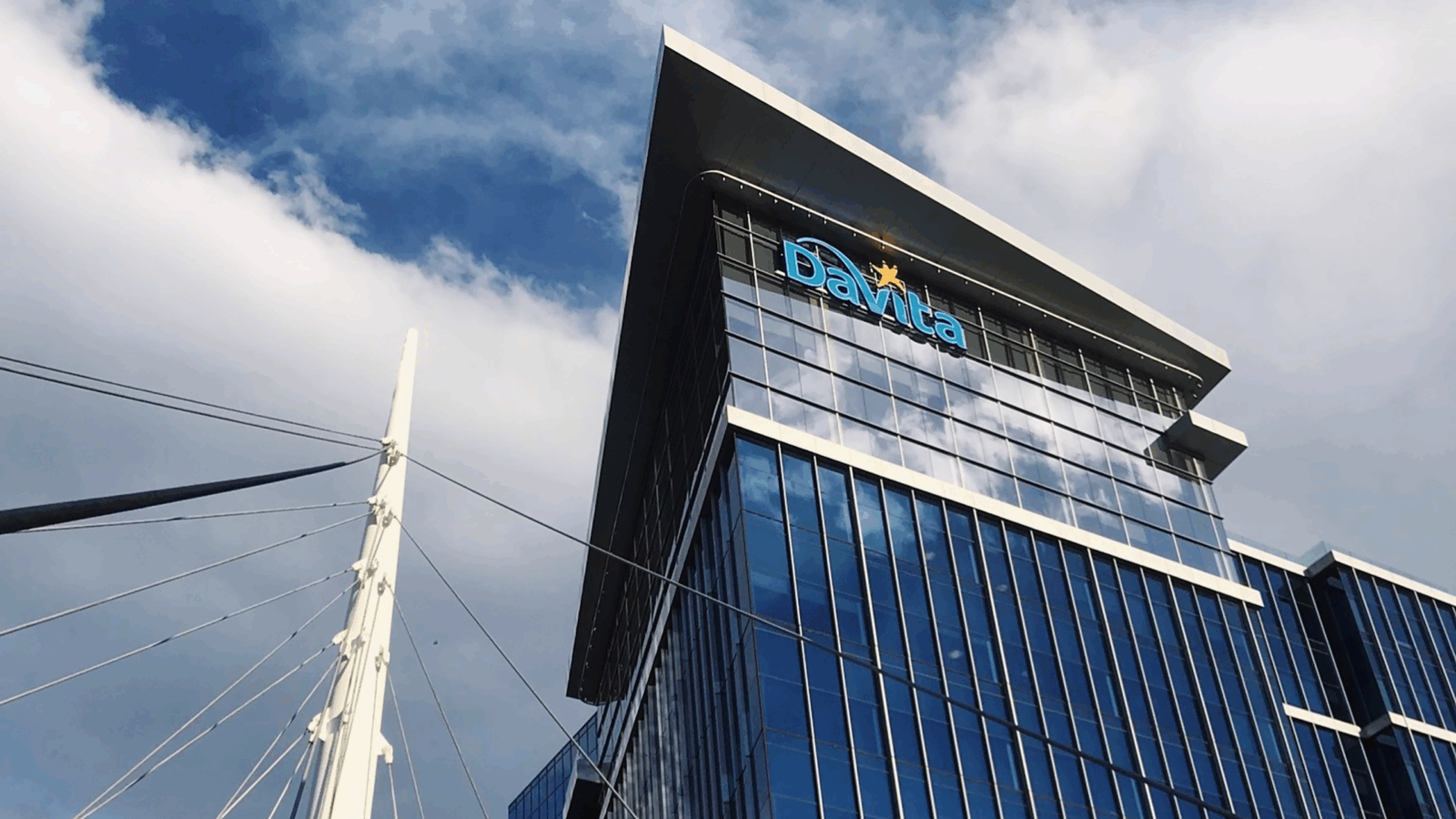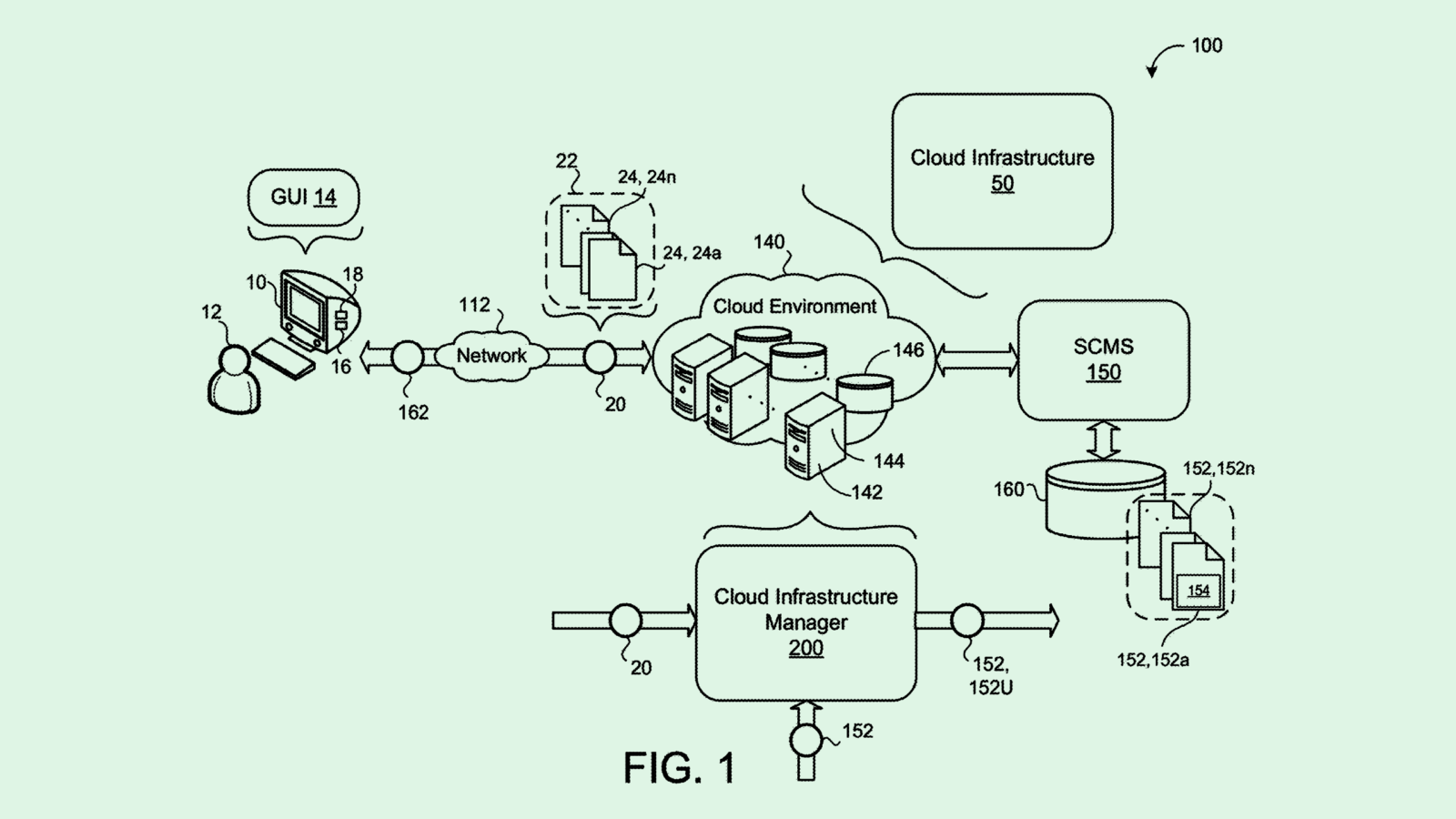Happy Thursday and welcome to CIO Upside.
Today: Despite investor and developer excitement about the distant concept of superintelligence, creating this safely may be a lofty goal. Plus: Why healthcare is a prime target for ransomware attacks; and Google’s patent seeks to simplify cloud infrastructure.
Let’s jump in.
What’s The Point of Chasing Superintelligence?

We aren’t close to the singularity. But it’s catching investor attention anyway.
Safe Superintelligence, a startup founded by OpenAI co-founder and former chief scientist Ilya Sutskever, has raised an additional $2 billion, bringing its valuation to $32 billion. Though the company has no product and little to publicly show but a bare-bones website, its backers reportedly include Google, Nvidia and a host of major venture capital firms, including Andreessen Horowitz and Lightspeed Venture Partners.
Despite the eye-popping valuation, superintelligence as it stands is only theoretical, said Bob Rogers, chief product and technology officer of Oii.ai and co-founder of BeeKeeper AI. For reference, superintelligence is the concept of an AI system that can far outperform human intelligence in all domains, a benchmark that current generative AI models aren’t even close to.
Though AI hype and the push towards artificial general intelligence has set up superintelligence as a distant goal post for ambitious AI developers, Rogers said scientists aren’t even close to being close to scratching the surface of superintelligence:
- Though superintelligence is limitless in theory, current AI systems run up against walls where accuracy and quality start to deteriorate after a certain point.
- Defining when an AI model reaches superintelligence is going to require “deep interaction with experts across the spectrum,” he said. And because every human thinks differently, “even a single system isn’t going to necessarily prioritize every kind of way of thinking about things.”
“They’re talking about a single system that is smarter than any extremely capable human in every single category, with self-awareness,” said Rogers. “It’s a pretty tall order.”
While the goal of Sutskever’s startup is in the name – “to advance capabilities as fast as possible while making sure our safety always remains ahead,” according to the firm’s website – creating this kind of technology in a safe and ethical way is a lofty goal, Rogers said.
For one, modern AI models are already unpredictable in their current form, and can grow more unpredictable the larger they get, he said. Just because a model is intelligent doesn’t mean it’s “reliable or predictable, or the answer to every problem,” he added.
And because superintelligence involves self-awareness, building a “kill switch,” or something to turn off a theoretically super-intelligent model before it spirals out of control, becomes even more tricky, Rogers said. “Putting ‘safe’ next to ‘superintelligence’ is kind of an oxymoron.”
Despite investor excitement, superintelligence is far from the radar of most enterprises, said Rogers. But with the rate of advancement of AI, the question of “how much power is too much” is preoccupying tech innovators. The idea that bigger, smarter and more powerful is always better for enterprises isn’t entirely true, he said: “Constrained, intelligent tooling that’s reliable and predictable” might be a better bet.
“There’s a whole lot of things that need to be done in this world that don’t actually require massive intelligence,” said Rogers. “We don’t need an army of super-intelligent agents when enterprises aren’t getting all that much value from today’s large language models.”
Why Healthcare is a Hacker’s Data ‘Treasure Trove’

Healthcare organizations are not only privy to some of their clients’ most personal issues, but they also require an array of personally identifying information to maintain accurate records and streamline payment.
This makes them a high-value target for hackers using ransomware attacks: On Monday, DaVita, a provider of dialysis services, was hit with a ransomware attack that encrypted and separated certain elements of its network, disrupting some of the company’s operations. The incident adds to a growing list of healthcare breaches at organizations from UnitedHealth to NHS London and Laboratory Services Cooperative, which provides services to Planned Parenthood in 31 states.
“(Healthcare) is the number one target,” said Dr. Darren Williams, CEO of cybersecurity firm BlackFog. “The reason it’s number one is because they’ve invested the least amount in cyber security protection.”
According to BlackFog’s latest State of Ransomware report, healthcare, government and the services industry made up close to 47% of all attacks in the first quarter of 2025. Ransomware attacks broadly are up 45% year over year, BlackFog reported.
- Healthcare organizations in particular harbor a “treasure trove” of data that’s highly valuable to cyber criminals, said Williams, allowing them to easily extort both the healthcare systems themselves and the individuals impacted. The personal nature of the data also opens the door for threat actors to commit medical fraud, he said.
- “The value of that data is just insane,” said Williams. “There’s just so many ways you can leverage that data, and it’s relatively easy to get.”
There are a few reasons that healthcare systems tend to be easier to crack, he added. While large, corporate healthcare organizations tend to have better cybersecurity protocols, smaller hospitals are all “miniature silos” with aging infrastructure and weak security. These small organizations often provide the cracks that leave larger organizations vulnerable.
“Legacy infrastructure is a big problem in healthcare,” said Williams. “We see regularly that these institutions are often still using Windows 7…. The amount of security holes in that is huge.”
AI is making it easier than ever for threat actors to find the cracks, said Williams: Even organizations that have invested in cybersecurity protocols may be vulnerable to increasing “zero-day” attacks, which hackers are using more often to exploit newly discovered vulnerabilities before organizations have a chance to patch them. “That’s why vendors are all about using AI on the good side. It’s an arms race, effectively,” he said.
Healthcare organizations – and enterprises broadly – can learn from their mistakes, however. The first step is “basic hygiene,” Williams said. Things like multifactor authentication, password security and switching on firewalls are often forgotten as the first line of defense.
The next step is keeping systems updated and regularly patched, said Williams, and having good cybersecurity protocols in place to mitigate damaging domino effects. “It only takes one weak spot,” said Williams.
Google Patent Makes Cloud Infrastructure Simpler

Who said cloud infrastructure needs to be complicated?
Google is seeking to patent a system for “cloud infrastructure management” that essentially aims to simplify the process of adjusting cloud infrastructure capacity and needs for non-experts.
Instead of writing code or commands to adjust cloud infrastructure, the graphical user interface lets users visually click, drag and drop to handle tasks such as deploying more servers or additional networks.
The system then turns these commands into “abstract configuration data,” which are converted to an “infrastructure-as-code” format that the cloud system can actually work with. That code is added to a configuration file, which is then used to modify the cloud set-up. All of these changes are tracked and stored in a “source control management system” to ensure traceability.
While it sounds complex, the end-goal is simple: Making cloud configurations easier for enterprises that aren’t technically inclined. And patenting this kind of tech could benefit Google in more ways than one.
For starters, cloud demand has skyrocketed amid growing AI usage: Gartner predicts cloud spending will grow 21.4% in 2025, hitting more than $723 billion. Plus, the so-called “big three” cloud providers – Amazon Web Services, Microsoft Azure and Google Cloud – held roughly two thirds of market share in the fourth quarter of last year. Google Cloud sits third place among these providers with 12% market share, while Azure holds 21% and AWS holds 30%, according to CRN.
As growth in the cloud market shows no signs of stopping, any cloud-related IP – especially inventions that simplify this complex technology – stands to benefit Google.
Extra Upside
- Chip Check: AMD said it could incur up to $800 million in charges from exporting it’s chips to China and other countries.
- Call a Cab: Lyft will buy taxi app Free Now for $200 million as it seeks to expand in Europe.
- Class Action: A class action lawsuit filed in the U.K. Competition Appeal Tribunal alleges that Google abused its search dominance to drive up prices.
CIO Upside is a publication of The Daily Upside. For any questions or comments, feel free to contact us at team@cio.thedailyupside.com.
